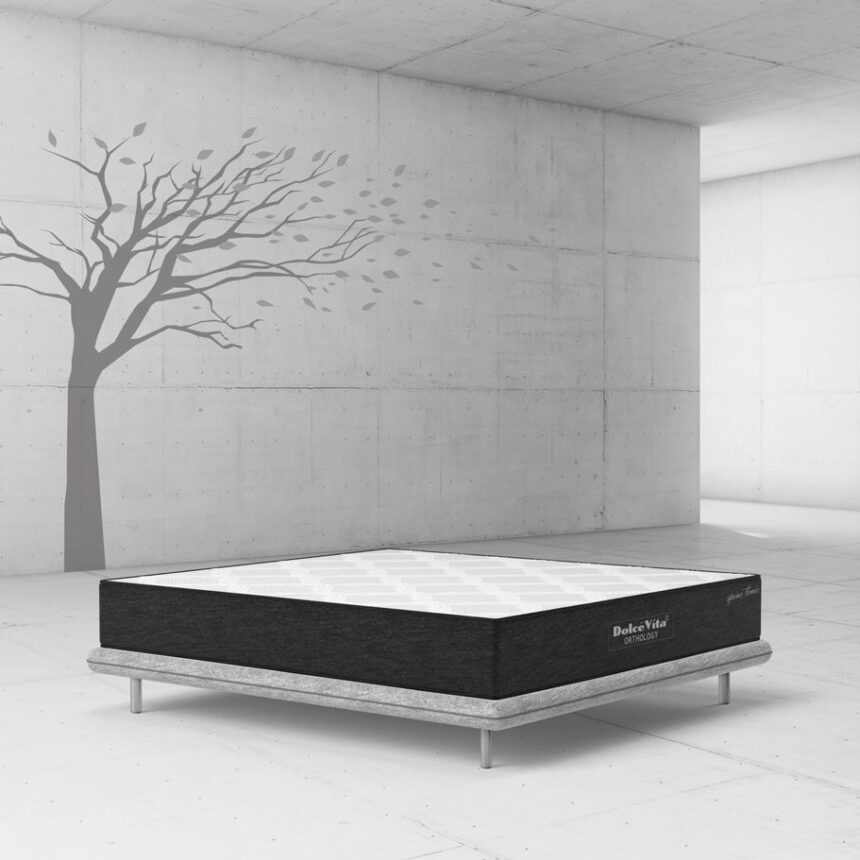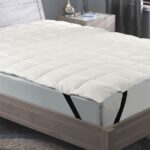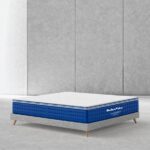A foam mattress naturally conforms to the shape of your body and supports your spine perfectly. But to choose a good foam mattress, it is important to take into account several parameters!
The advantage of high-resilience foam or orthopedic mattress technology as a component of a mattress is that it naturally conforms to the shape of your body and supports your spine perfectly.
To choose a good foam mattress, it is important to take 3 parameters into account:
The Type Of Foam
The density of the foam (expressed in kg/m3)
The thickness of the mattress core
Indeed, these criteria have a great influence on the durability of the mattress and its quality. There is no miracle, a mattress with better foam will last longer and therefore cost more.
The Different Types Of Foam:
Polyurethane foams: High density foam, High resilience foam
Memory foam (also called viscoelastic)
High-density foam
High-density foam (HD foam) is a common foam in the bedding world. It has closed cells which leads to less aeration of the foam.
Generally, its density is less than 30 kg/m3. High-density foam mattresses are therefore mainly extra mattresses or mattresses adapted to smaller sizes such as children or babies.
High Resilience Foam
High resilience foam is a high-quality polyurethane foam. It is designed with open cells (similar to honeycomb cells) which allows for better resistance like orthopedic mattress.
Its density is generally between 35 and 50 kg/m3. A high-resilience foam mattress can therefore be used as an adult’s daily bed.
At Valentin, all our foam mattresses are made of high resilience foam because we are committed to offering you high quality mattresses designed to last.
Memory Foam
Memory foam (also called viscoelastic foam) has the advantage of being heat-sensitive, which means that the mattress gradually softens under the weight of the body. Indeed, with the heat of your body, the cells of the mattress will adapt to your figure and offer you good support.
The other advantage of memory foam is that it always returns to its original shape. So you can move at night while enjoying the comfort that this technology brings. The memory foam will always adapt to your position.
Memory foam therefore promotes sleeping independence as your movements are absorbed. This way, you will no longer be bothered by your partner’s movements at night.
Foam Density And Core Thickness
In terms of the density of foam mattresses or orthopedic mattress, a minimum density of 28 kg/m³ for a child and about 35 kg/m³ for an adult is required.
Foams with a density of less than 35 kg/m³ are only suitable for extra bedding, otherwise the foam may sag quickly. For daily sleeping, opt for a foam mattress with a density of between 38 and 55 kg/m³.
If a density of 38 kg/m³ allows you to afford a good quality mattress, the purchase of a mattress with a density of 55 kg/m3 ensures unparalleled comfort and longevity!
Regarding the thickness of the core of your foam mattress, choose a thickness of at least 14 cm for a mattress intended for adults and 10 cm for a baby or child mattress.






